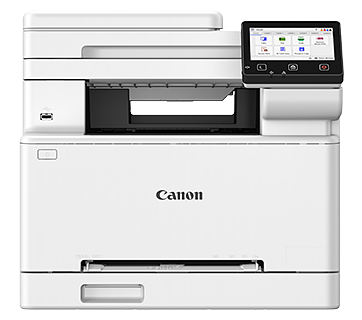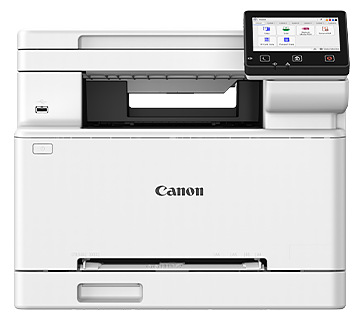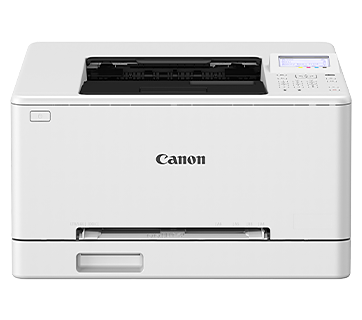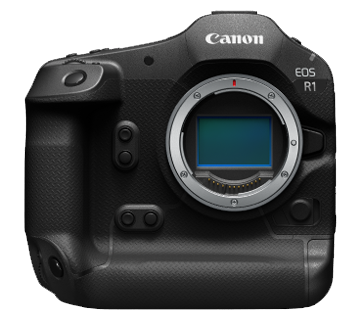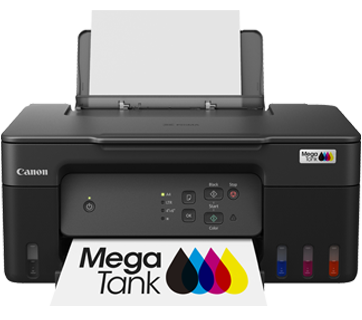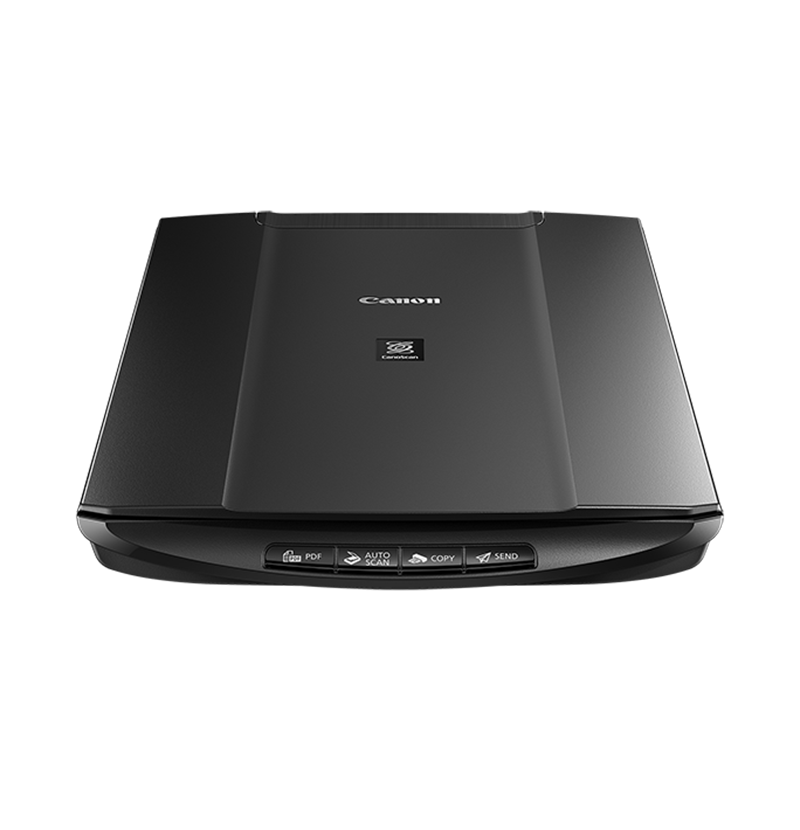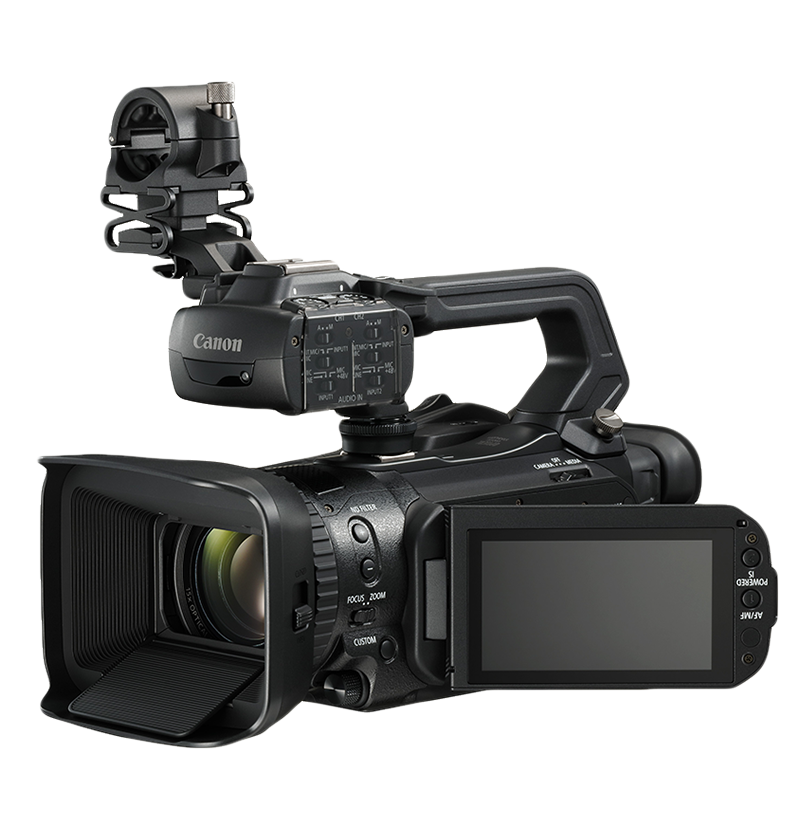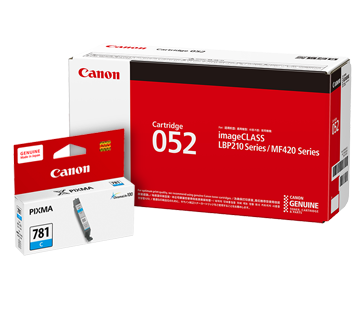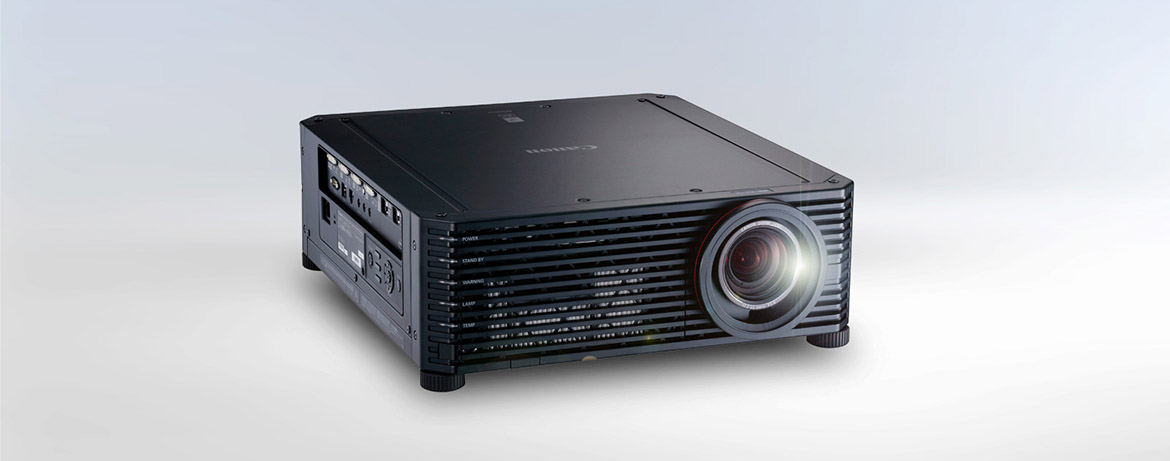
3 Rules SMEs Should Follow Before Buying Their First Projector
In June this year, Canon announced the release of the XEED 4K500ST, the smallest and lightest 4K projector on the market, as well as LX-MU800Z, Canon’s first laser projector. Right out of the box, the projector is designed for a wide range of applications, from simulations, medical imaging and engineering to board room presentations. If you are, say, a general manager or procurement officer looking to populate a brand new office, this should come as great news.
However, how do you go about choosing the right projector for the right spaces?
This question is trickier than it seems. After all, different projectors are meant for different occasions. If you are using a high-end projector within a small meeting room, the visuals may turn out too bright — not to mention the fact that it is not value for money. On the other hand, if you purchase a low-end projector for, say, a convention setting, no one in the convention hall is going to see what you are trying to show.
Allow us to make things a little easier for you:
Rule #1: Match the Visuals
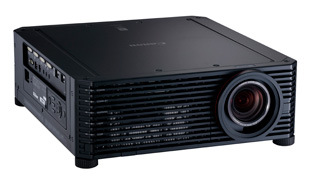
Most modern projectors can project almost anything you throw at it, from presentations and photographs to high-resolution videos. However, not all projectors are made equal, and some project better than others.
Your first priority is to figure out what you primarily want to project. If you run an SME and deal mostly with presentation slides, data projectors will do the job just fine, and with the most value. However, if you are, say, a videographer or a gaming start-up, the majority of your presentations will likely involve high-resolution photographs and videos. If that is the case, you want a heavy-duty projector that can handle the job.
The aforementioned XEED 4K500ST may be the new kid on the block, but it also packs native 4K capabilities into its small body. This means sharper, more detailed text and smoother graphics to show off your masterpieces.
Rule #2: Match the Space
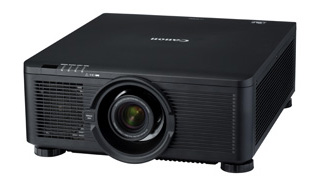
In a land-scarce city like Singapore, most businesses in the Central Business District, especially small and medium-sized enterprises, opt for compact meeting rooms that get the job done. After all, not everybody can afford a sizeable boardroom.
In such cases, you want projectors with a short throw, or the ability to project large images in tight spaces. Canon’s WUX450ST, for example, has a len-shift feature that can tilt images by up to 77% upwards. For offices with spatial constraints or installation difficulties, the entire projector can even be mounted under a table to save space.
If you are, say, an event organiser and work primarily in large event halls and auditoriums, Canon’s LX-MU800Z multimedia projector may be the way to go. At 8000 lumens, this projector is ideal for big venues and maintains visibility even in bright ambient conditions. The fact that it requires no changing of light bulb is just another icing on the cake.
Rule #3: Match the Ambience
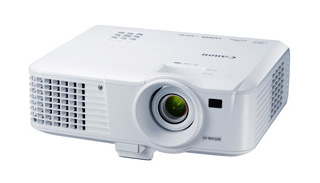
A lumen is a unit of measurement of the total quantity of visible light emitted by a source. So the higher the lumens, the better, right? Well, not quite.
A projector with, say, 3,000 lumens does not necessarily mean that it is worse than its counterparts with higher lumens, especially if you can afford to dark a room every time you give a presentation. In fact, that amount of lumens is more than enough to project a large, bright image. For example, even though Canon’s LV series of projectors may not have as many lumen as its high-end counterparts, it is more than enough for, say, classroom settings.
On the other hand, the typical meeting room is not a cinema, which means that there may be multiple light sources around. In such cases, you want a projector with a higher lumen count to ensure visibility and readability.

